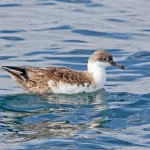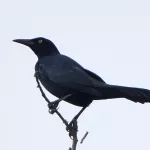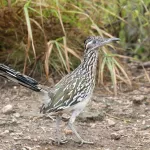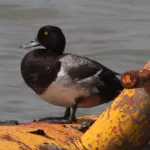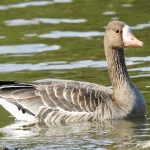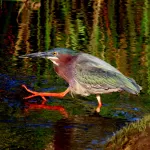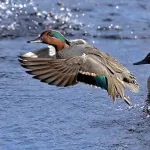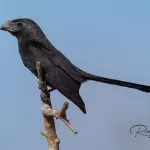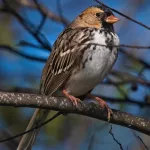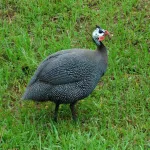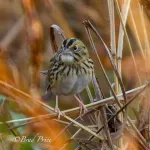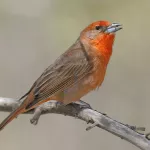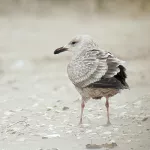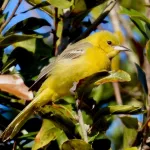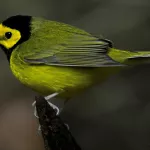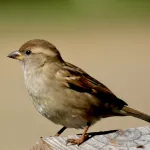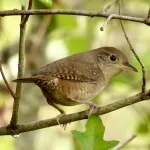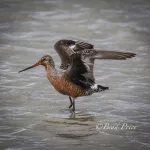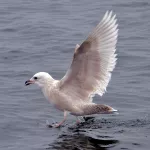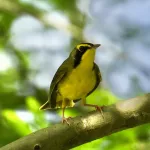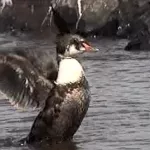Bayou Teche National Wildlife Refuge - Stinson Road
Located in the heart of the “Cajun Coast,” Bayou Teche National Wildlife Refuge is along an old Pleistocene channel of the Mississippi River. The refuge consists of seven non-contiguous management units.
The refuge’s primary objective is to support the Louisiana Black Bear by restoring and managing bottomland hardwood forests, cypress-tupelo swamps, bayous, and marshes to ensure high-quality, diverse habitat options.
The refuge’s Stinson Road Trail is located on the Centerville Unit of the refuge on top of a hundred-year-old levee covered by a mature tree canopy. The levee overlooks a flooded cypress-tupelo swamp with a dwarf palmetto understory. This trail is approximately one mile in length.
At the trailhead, note that the north leg of the trail is wide, maintained, and easy to walk, whereas the west leg is less-maintained and slippery when wet. Both legs feature bottomland hardwoods and cypress swamp habitats. Expected bottomland hardwood birds include Mississippi Kite, Yellow-billed Cuckoo, Red-bellied and Downy Woodpeckers, Acadian and Great-crested Flycatchers, Blue-gray Gnatcatcher, and a rotating cast of several species of vireos and warblers, depending on the season.
Bald cypress, tupelo gum, and red maple populate the swamp. Understory species include dwarf palmetto, various sedges, lizard’s tail, and savanna panic grass. Here, look for typical swamp dwellers such as Wood Duck, Common Gallinule, Pileated Woodpecker, numerous species of herons, egrets, and ibises, as well as raptors such as Red-shouldered Hawk, and in spring and summer, Swallow-tailed Kite.
Drivers should not travel this road with low-centered vehicles as it often holds standing water after rains. For birders traveling in trucks or other high-centered vehicles, the gravel access road itself is known for good birding as well. It traverses good areas for sparrows (fall/winter/spring), wading birds, raptors, vireos, warblers, and both Indigo and Painted Buntings (summer). It is fairly common to detect 25 or more Common Yellowthroats along this relatively short drive alone!
Keep in mind that this site is for serious birders and other naturalists. Amenities are limited to a parking area and some identification/directional signage. Not handicapped-accessible.


